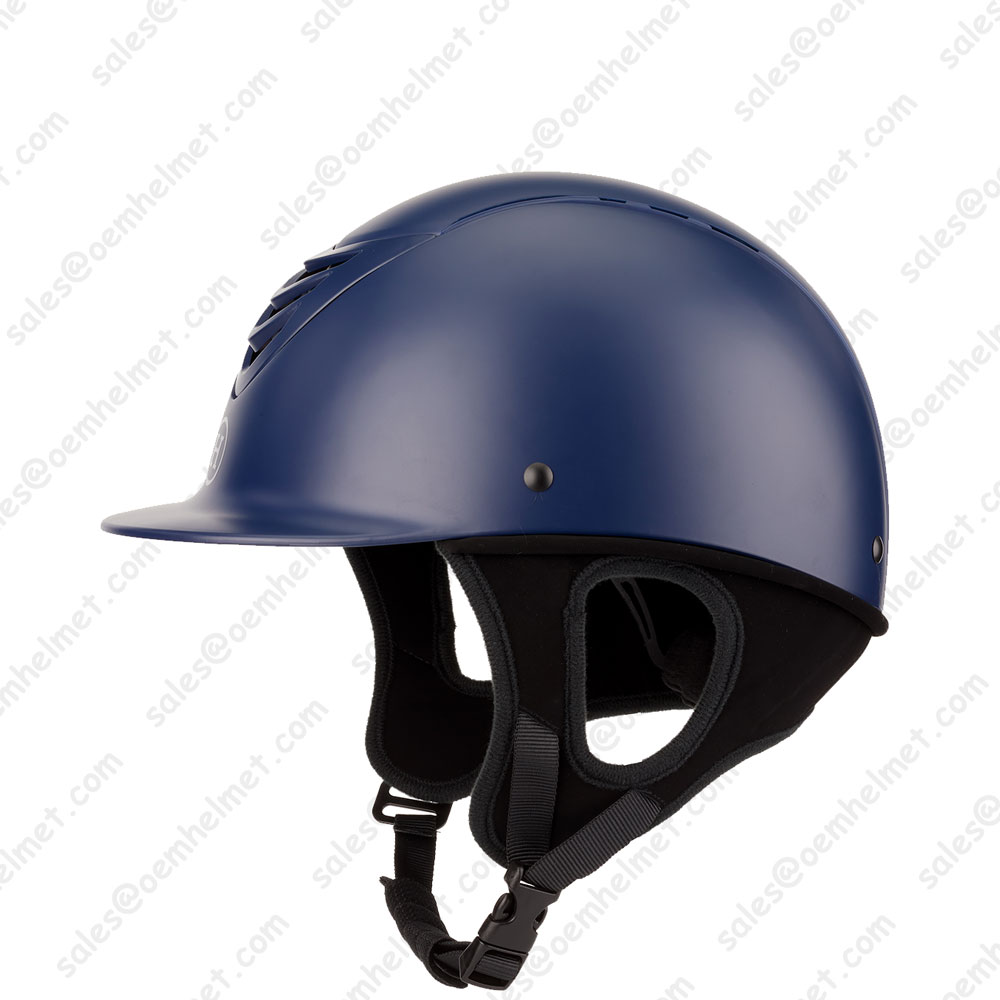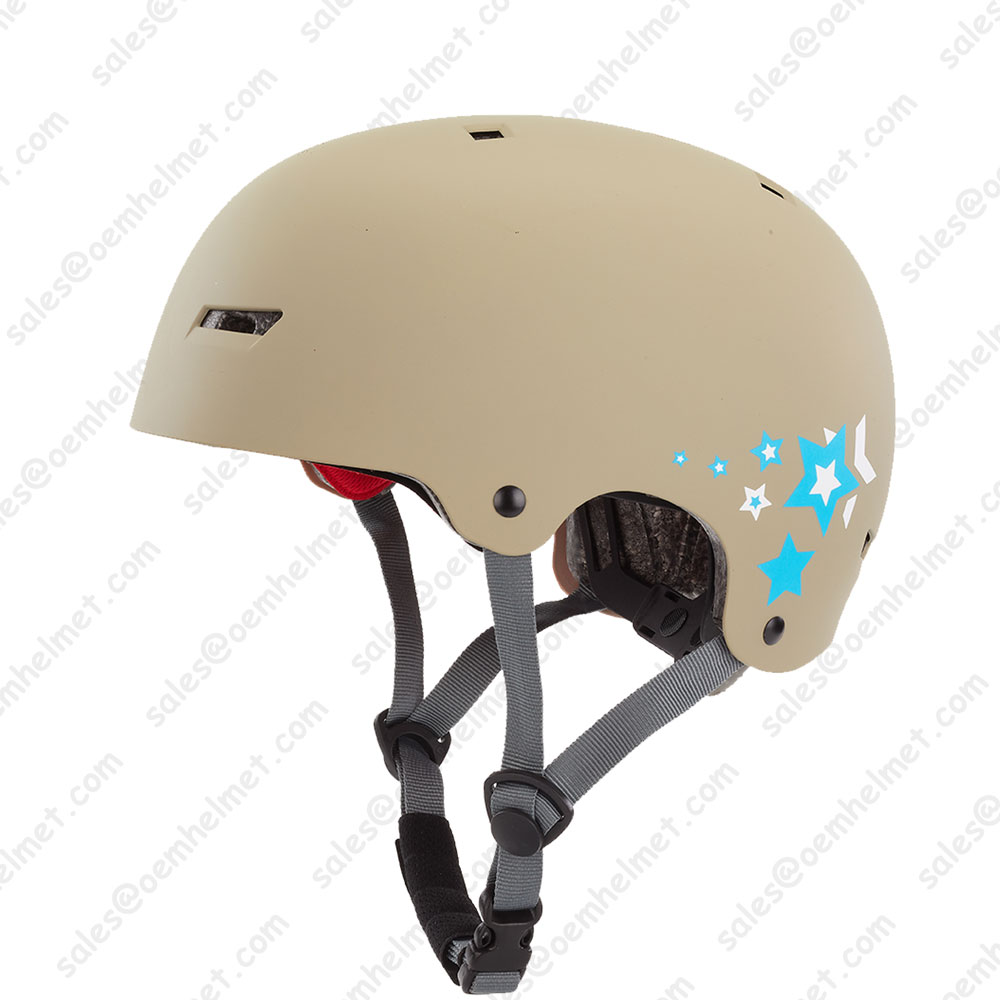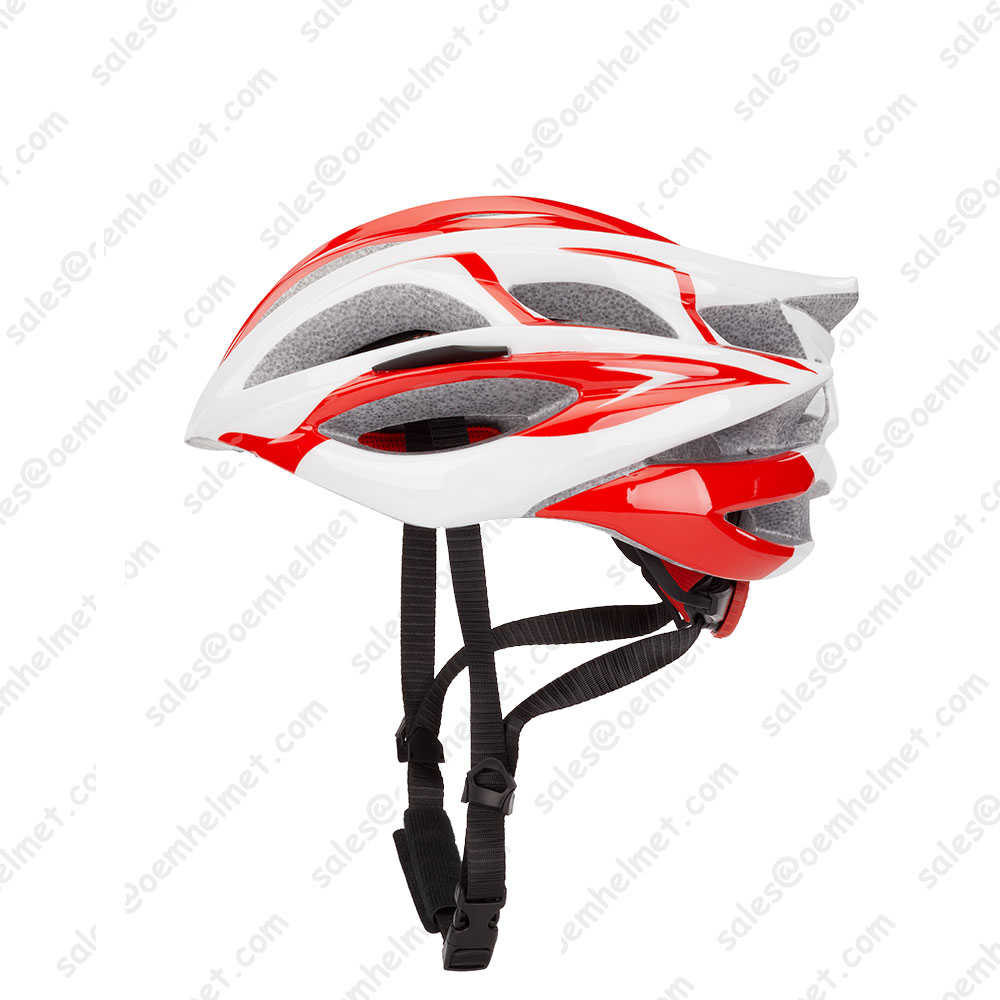Equestrian Helmet Knowledge
An equestrian helmet is a form of protective headgear worn when riding horses. This type of helmet is specially designed to protect the rider’s head during falls off a horse, especially from striking a hard object while falling or being accidentally struck in the head by a horse’s hoof.
Certified helmets are required headgear for many competitive riding events, particularly where horse and rider must jump or work at high speed. Helmets are worn more often by English-style riders and are gaining acceptance as required headgear for children. They are also widely accepted in fields such as horse racing, eventing or show jumping. They are required in eventing, in endurance riding and other types of competitions. People who take their horses hacking or trail riding sometimes wear helmets, though there are tremendous variations in helmet use in different regions and cultures. In the United States, use is by fewer than one in eight riders. Some states, such as Florida and New York, are starting to require by law that riders under the age of 14 wear helmets at equestrian establishments, on public highways and publicly owned land.


Design
A modern ASTM/SEI show-legal helmet covered in velveteen to resemble the old style hunt cap, but has visibly more protective material and an attached harness
The inside of an ASTM/SEI-approved helmet, showing padding, ventilation system, adjustment mechanisms, and part of the harness.
An equestrian helmet has a hard shell on the outside of an impact-resistant resin or plastic, sometimes covered with cloth for a more attractive look. The brim is particularly flexible and will give way immediately in the event a rider lands on it. Beneath the shell are materials designed to absorb the impact of a fall or blow. The inside is lined and often padded in order to be comfortable for the rider. Ventilation is usually worked into the design, and a harness is attached to keep the helmet on the head at all times.
Equestrian helmets have sport-specific differences from those used in other sports. For this reason, a helmet designed for another sport, such as bicycle or motorcycle helmet, is not deemed suitable for riding horses. The equestrian helmet covers more of a person’s head than does a bicycle helmet, fitting lower on the head, particularly at the back of the skull, and has protection distributed evenly around the head rather than concentrated in the front and top. Aside from safety features, aerodynamics are less important in a riding helmet than in a bicycle or even a motorcycle helmet. The appearance of riding helmets is frequently based on that of an English hunt cap. In addition good ventilation and comfort are considered important features of a riding helmet.
Some riders feel that riding helmets are hot, uncomfortable or unattractive and do not want to wear them. However, the classic hunt cap, which modern helmets attempt to resemble, offered little or no protection to the rider of the horse. Neither do other types of hats popular with riders, including the derby, cowboy hat and the top hat. Use of helmets by beginning riders is becoming a common requirement, and some liability insurance policies for riding instructors ask the instructor to require their students to wear helmets.
Law and rules concerning helmets
The older style hunt cap or “hard hat” is a thin shell. This cap is not ASTM/SEI certified, and is prohibited to wear in classes over fences at a USEF sanctioned competition; it offers inadequate crash protection to the rider’s head.
Typically, helmets must meet one or more specific safety standards to be permitted for use in competition.
United States
The states of Florida and New York have passed legislation requiring the wearing of helmets for riding: In 2009, the state of Florida mandated helmets for youths under the age of 16; New York has had helmet laws affecting youths under the age of 14 under certain circumstances since 1999. The United States Equestrian Federation (USEF) requires that, in classes that mandate a helmet to be worn, the helmet must be ASTM/SEI certified. The USEF also requires all junior riders (under the age of 18) in any hunt seat discipline to wear an ASTM/SEI certified helmet with harness fastened while mounted on their horse anywhere on the show grounds, and requires all riders to wear a helmet when jumping anywhere on the show grounds. While other horse show events do not mandate helmets, the rules have changed in recent years to permit helmets as optional headgear in any class. All riders are required to wear certified helmets while competing in Hunter, Jumpers, and Hunt Seat Equitation classes, and in any other class, including Hunter Hack, where jumping is required. They must fasten their helmet harness and must verify that the helmet meets or exceeds the current standard and carries the SEI tag.
International
For FEI international competition that involves competitors from many different nations, protective headgear complying with the European (EN), British (PAS), North American (ASTM), or Australian/New Zealand tested standards is required.
Source from : https://en.wikipedia.org/wiki/Equestrian_helmet
Source from : https://en.wikipedia.org/wiki/Equestrian_helmet







